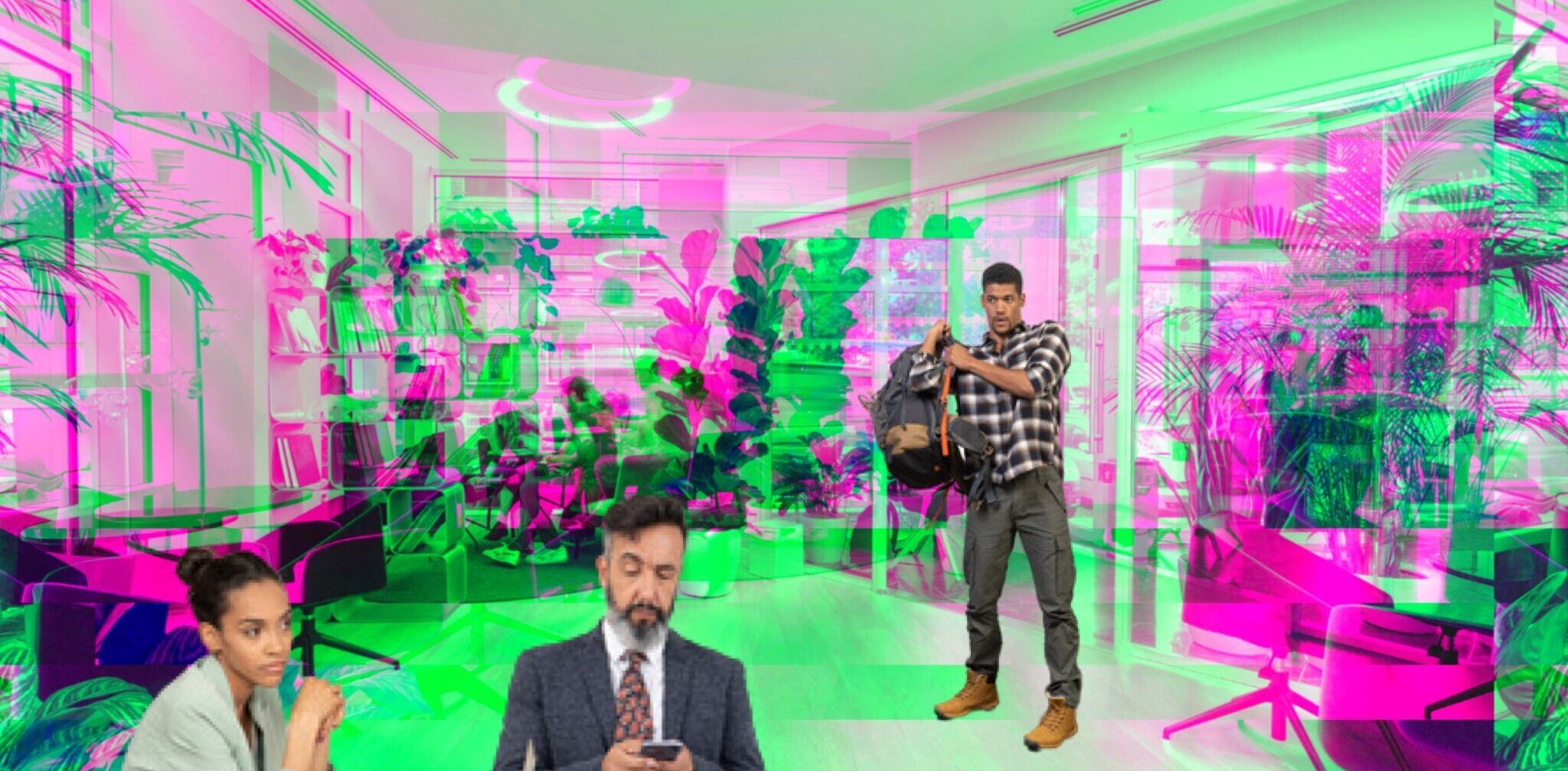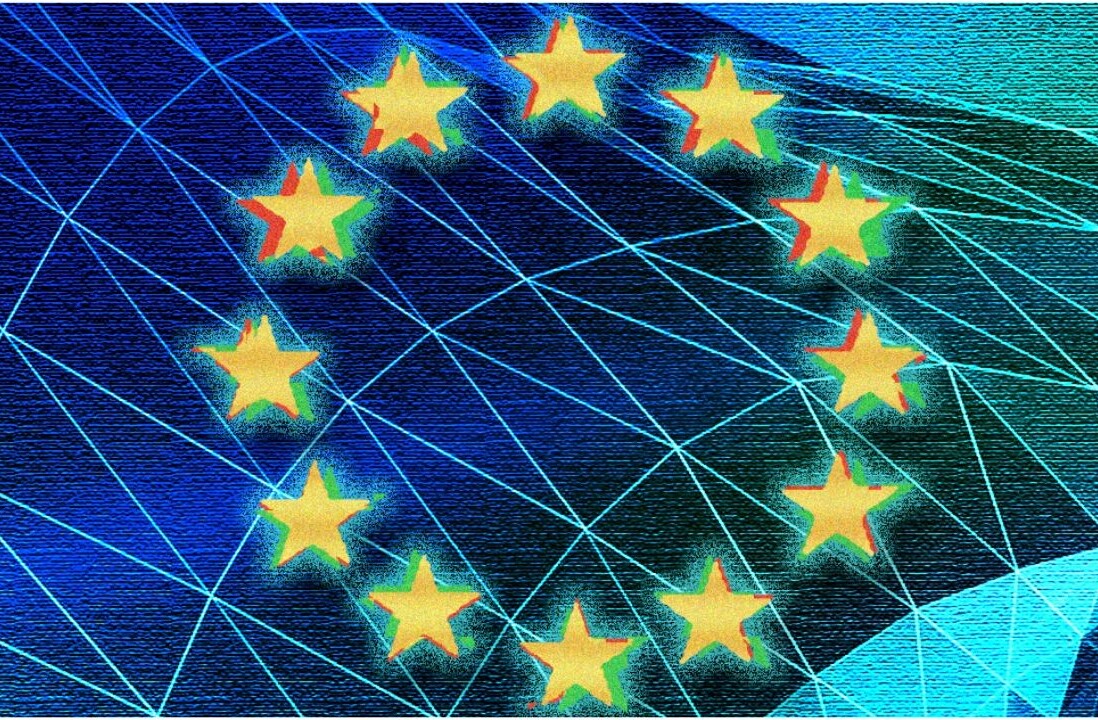
 If there’s one area of social media seeing real innovation, it’s the use of geolocation. As the integration of location-based services and marketing is still so young, we are constantly seeing new, creative products and campaigns being released which encourage users to share and interact with their location.
If there’s one area of social media seeing real innovation, it’s the use of geolocation. As the integration of location-based services and marketing is still so young, we are constantly seeing new, creative products and campaigns being released which encourage users to share and interact with their location.
If your business has not used location-based social media yet, now is as good a time as any to get involved. See the list at the end of the post for some ideas to get you started, but first let’s take a look at how geolocation works, and some impressive examples.
Let’s start by taking a look at the most common use of geolocation – checking in. Services like Foursquare, Gowalla and Brightkite let users check-in with a mobile device, such as a tablet computer or a smartphone. Check-ins can be shared on social networking sites like Twitter and Facebook, although Facebook recently released their own check-in service, Facebook Places. Leaving tips is a function available on several of these services, which allows users to find comments, reviews and information about the place they check-in to. Although anyone can leave tips, the History Channel and the Wall Street Journal are notable examples of how extra value can be added with this feature. The History Channel has left photos and information about the history of various locations, while the Wall Street Journal has left restaurant reviews and links to related news articles.
Foursquare has seen success with other brands too, through marketing partnerships. Starbucks has used Foursquare to offer discounted drinks for Mayors, and an exclusive Barista badge for customers who check-in at five Starbucks restaurants. Mattel and Jimmy Choo both ran scavenger hunts using Foursquare to promote new products. Mattel’s Video Girl Barbie checked-in at locations across the U.S. in July, posting details of each check-in on Foursquare, Facebook, and Twitter. Those who were first to check-in to each location after Barbie did won themselves a Video Girl Barbie. Jimmy Choo’s hunt across London worked in a similar fashion, coinciding with the release of Jimmy Choo’s sneakers. Users who found the sneakers first at each London location they checked-in to won a pair.
Another location-based application, SCVNGR, focuses on being a game and making check-ins fun. Using this app, which was recently released internationally, users can create and complete short challenges attached to their location. SCVNGR has teamed up with the Smithsonian Institution to create a specialized trek through its museums, encouraging visitors to interact with the exhibits and compete for points by completing challenges. The New England Patriots also partnered with SCVNGR to create its biggest trek yet, which involved short challenges to win daily prizes during the NFL season and a mystery to solve with clues found at various locations.
Games have been integrated with geolocation in various ways, but Microsoft’s Fable III: Kingmaker mobile game is a great example. Using the mobile app, users were able to plant virtual flags in locations to stake their claims and earn gold to be used in the Xbox game once it was released. Another location-based game requiring users to check-in was created by Nike in London. Using London’s iconic telephone booths instead of a mobile app, runners checked-in to phone booths by entering their unique player code and earned points for running between the booths.
Taking the effort out of the game, Coca-Cola Israel used RFID tags shaped like Coke bottle lids to integrate Facebook into the Coca-Cola Village retreat for teenagers earlier this year. The tags were attached to wristbands, allowing the teens visiting the retreat to send information to their Facebook profiles by holding the tag in front of a tag-reader. So for instance, visitors could swipe their tag at the pool and their Facebook profile would be updated, showing that they ‘like’ that attraction, or when a staff member took their picture, they could swipe the RFID tag to automatically tag themselves in the photo when it was uploaded to Facebook.
Finally, let’s take a look at a whole new way location can help you find a great meal. Street vendors across the U.S. are latching onto Twitter as way to announce their changing locations. The Fojol Bros., Kogi BBQ, and Chez Spencer all use social media to tell customers where to find the travelling food trucks each day. Business review site Yelp allows users to post reviews of restaurants and other businesses, as well as checking-in to share your location and take advantage of Check-in offers.
So now you’re thinking, these are great examples of what geolocation can do for a business, but where do I go from here? Let’s get you started with a list of simple ideas you can get started on straight away:
- Start using a free location-based service (or a few!) like Foursquare, Yelp, or Gowalla
- Leave tips that are useful to others and relevant to your business – eg: Do you run a travel agency? Leave tips at the best attractions around your city to recommend the experiences to visitors.
- Encourage customers to check-in by offering freebies or discounts
- Organize meet-ups for other business owners and contacts
- Organize live events for your customers to attend
- Run a promotion to encourage customers to follow your account – eg: post limited-time offers or promo codes for customers to redeem in-store
- Encourage customers to bring friends or check-in at multiple store locations by offering rewards
- Make it easy for your customers – Encourage and remind them to check-in, find out what services they already use, and what locations they regularly visit
- Tag photos and videos with locations when sharing on your blog or social networks
Finally, let me leave you with some musings on the future of geolocation. I’m a huge advocate for these types of campaigns that bridge the gap between the online and offline worlds, and can see some great advantages for businesses and customers alike. Here are some ideas I would love to see pop up in the future:
- A mass Easter egg-type hunt: imagine 100 people in a park hunting for tokens with geo-tags attached and scanning as many as they can to create a virtual Easter basket full of ‘eggs’, or tokens.
- Maps on poster ads and bus stops: using QR codes, stores that pay hundreds of dollars for poster advertising could give users the option to scan the code and pull up an interactive map to the store’s location
- Scavenger hunts: SCVNGR has done this with specialized treks already, but I would love to see it becoming more common. A great place to implement this would be at a theme park or a zoo. Imagine visitors to a zoo who wanted to participate were given a list of clues leading them to different animals around the park, and at each animal enclosure they can check-in and earn points, working towards a prize for those who complete all the clues.
- Mobile check-in for airports and doctors’ surgeries: wouldn’t it be great to avoid the airport queue and check yourself in on your phone, or let the doctor’s receptionist know that you’re here by checking-in?
- Entry to nightclubs and bars: what if you could check-in to a nightclub or a bar using your phone, where you had already linked your I.D.? Sure, this one’s complicated, but I don’t doubt that we’ll see it at some point in the future. And for a less complicated scenario, what if you could get a virtual stamp for entry into a club, instead of a tacky blue elephant stamp on your arm?
What do you think the future will bring for geolocation? I’d love to hear how your business has integrated location-based services already, or how you plan to use them in the future. Let us know your thoughts in the comments below.
To read more about location-based services and campaigns, check out The Next Web’s Location channel.
Get the TNW newsletter
Get the most important tech news in your inbox each week.





